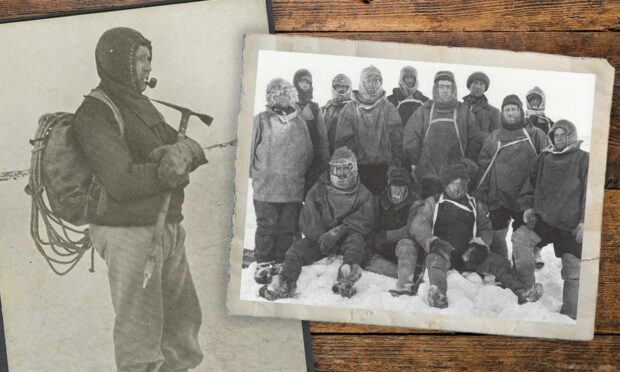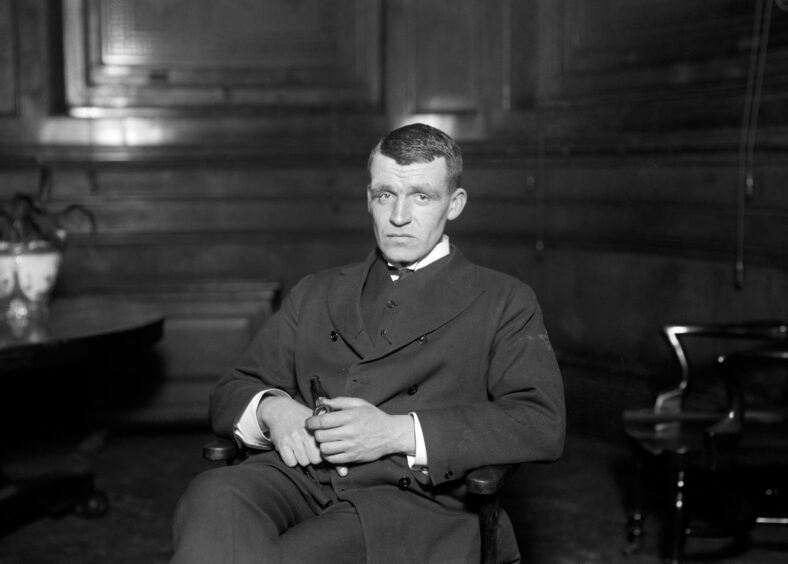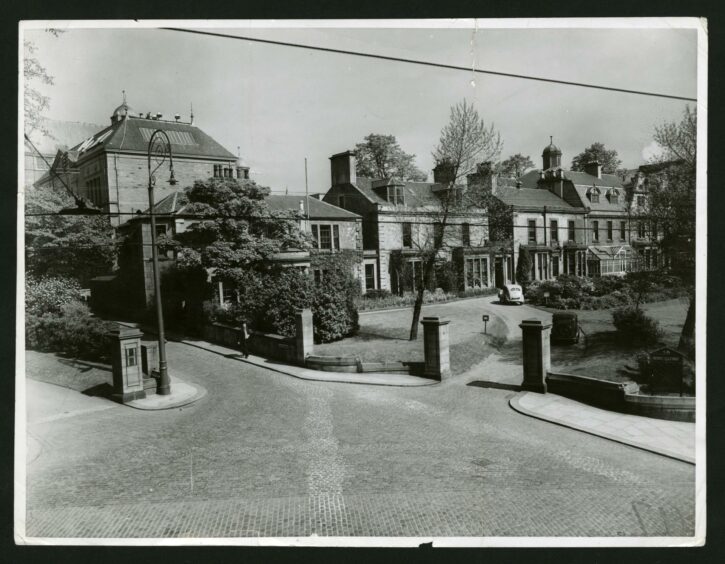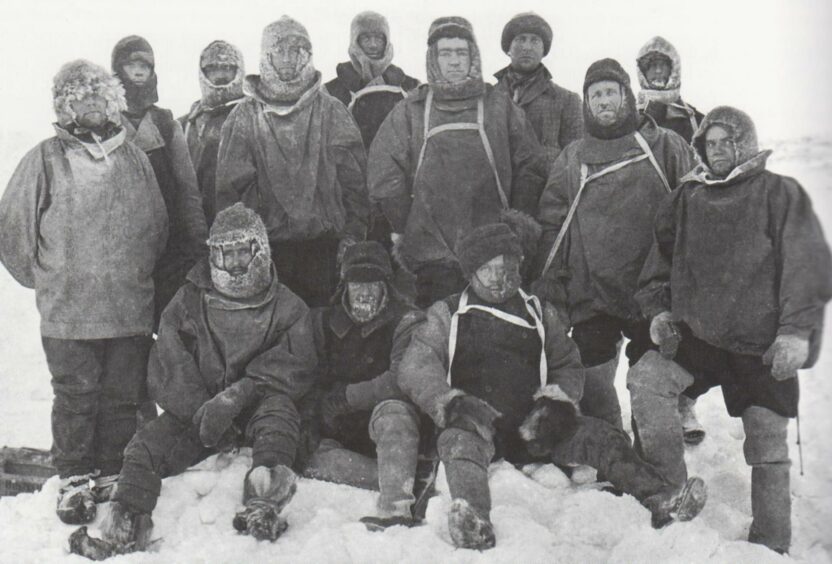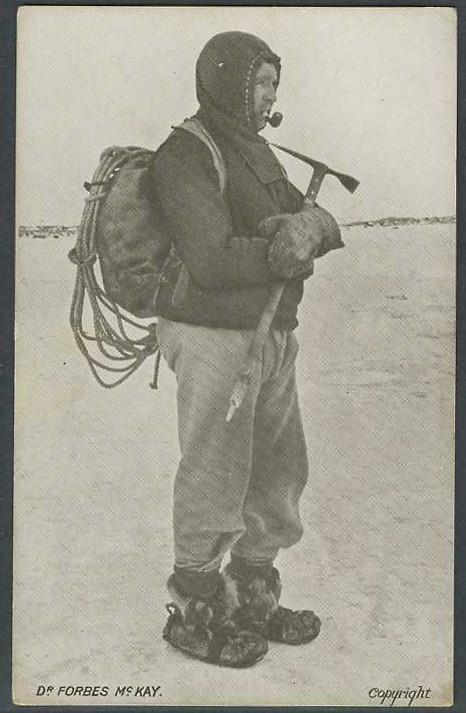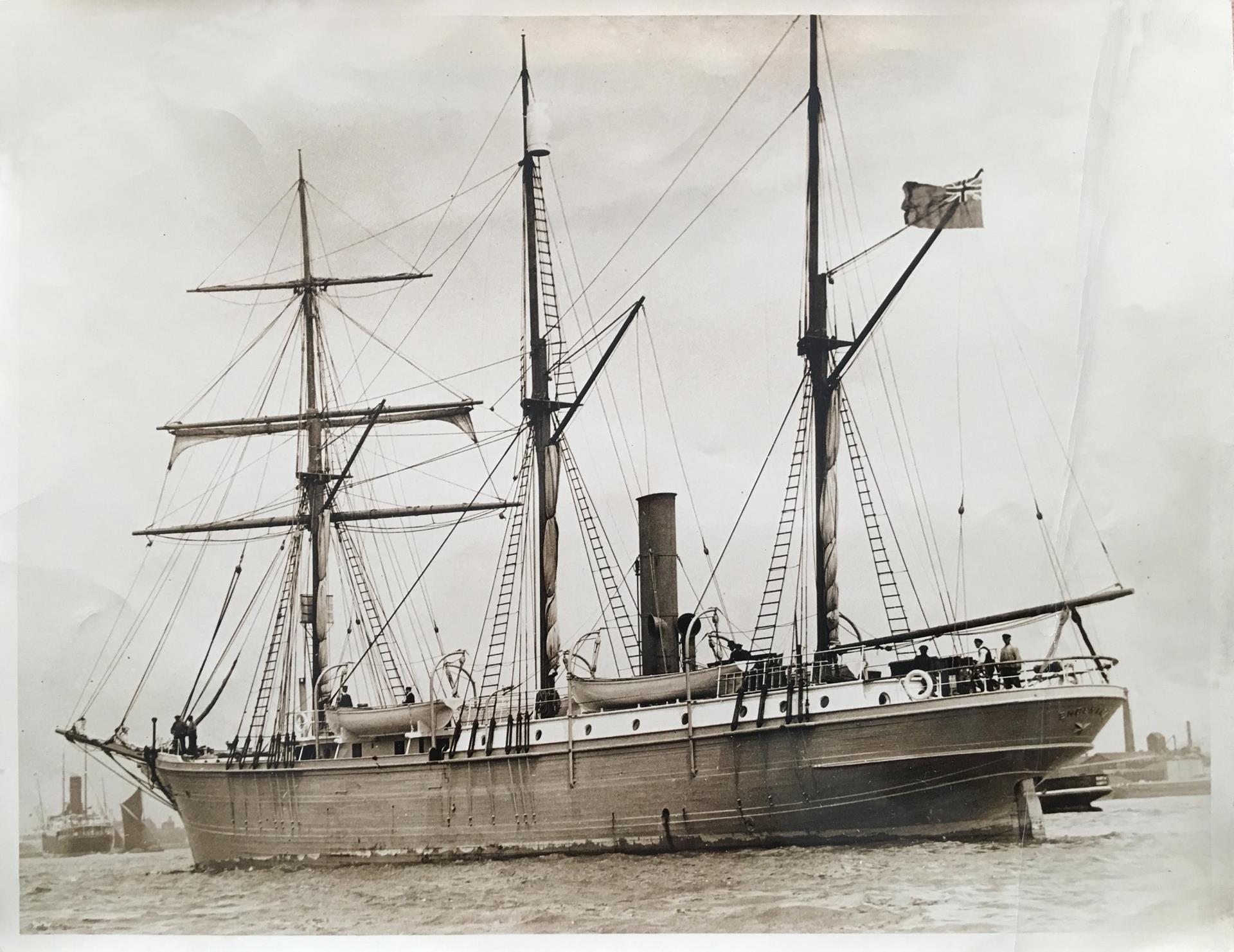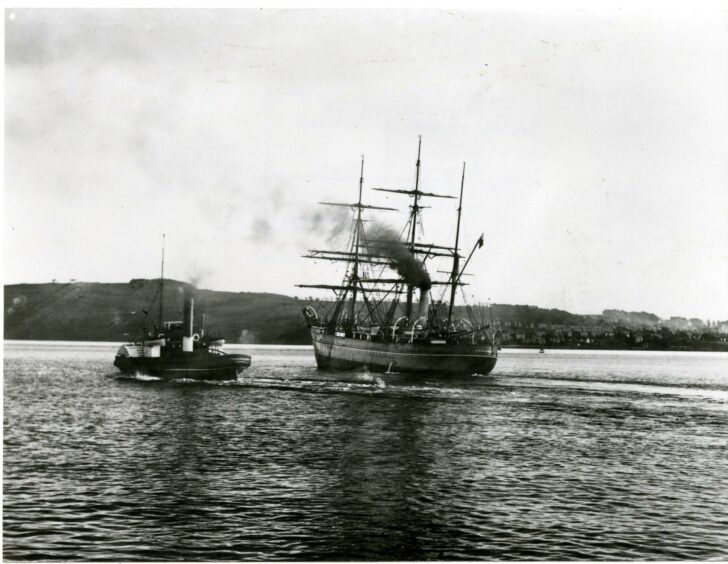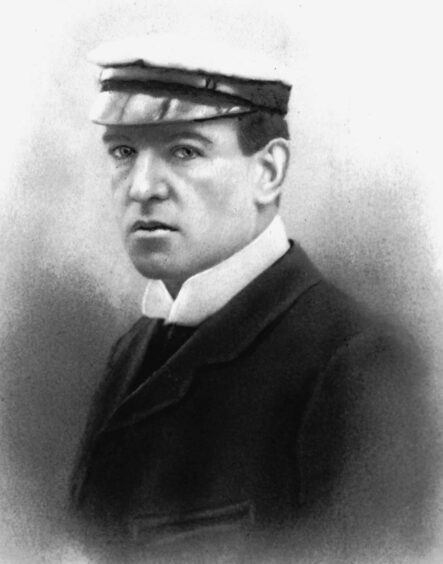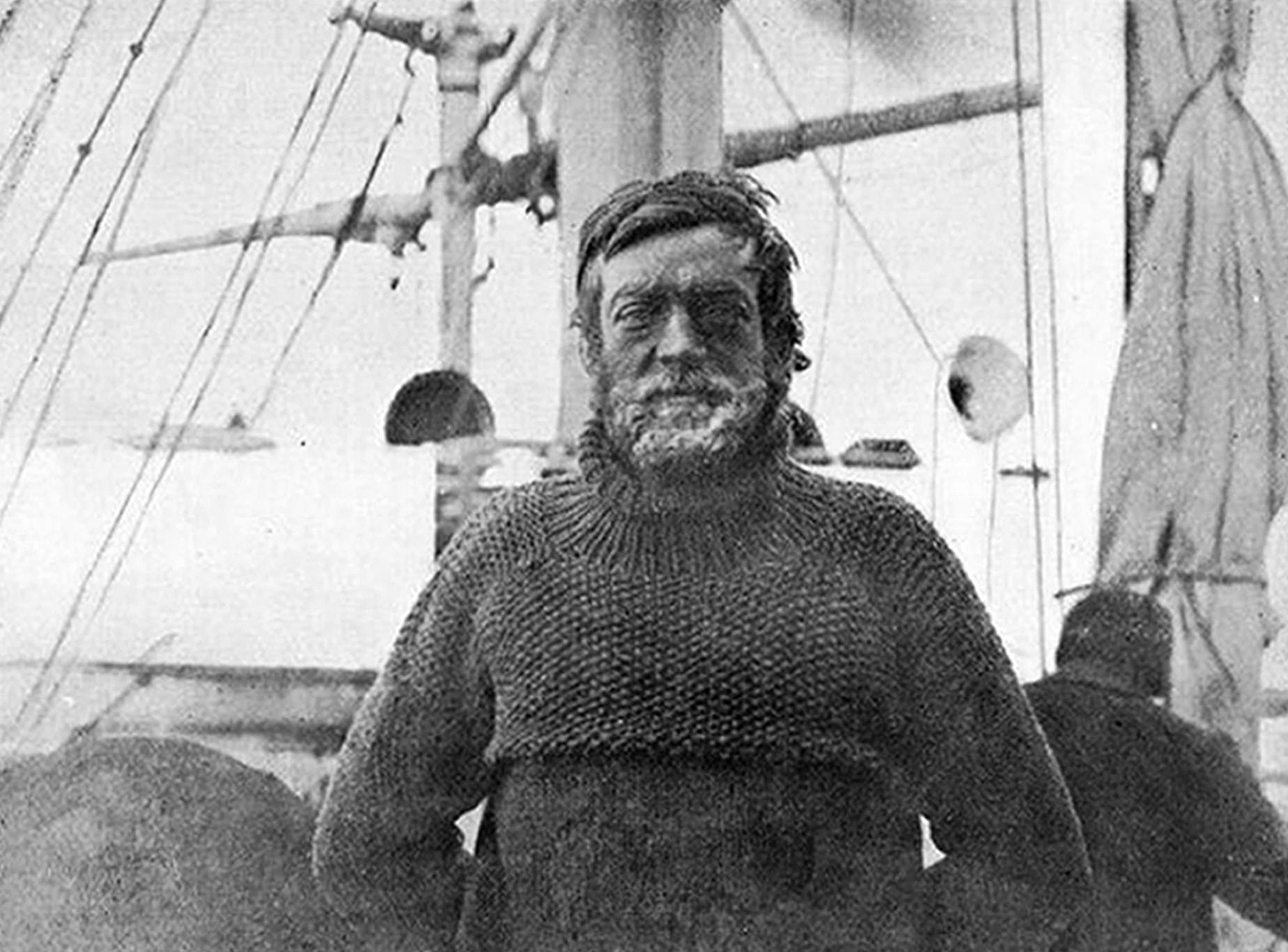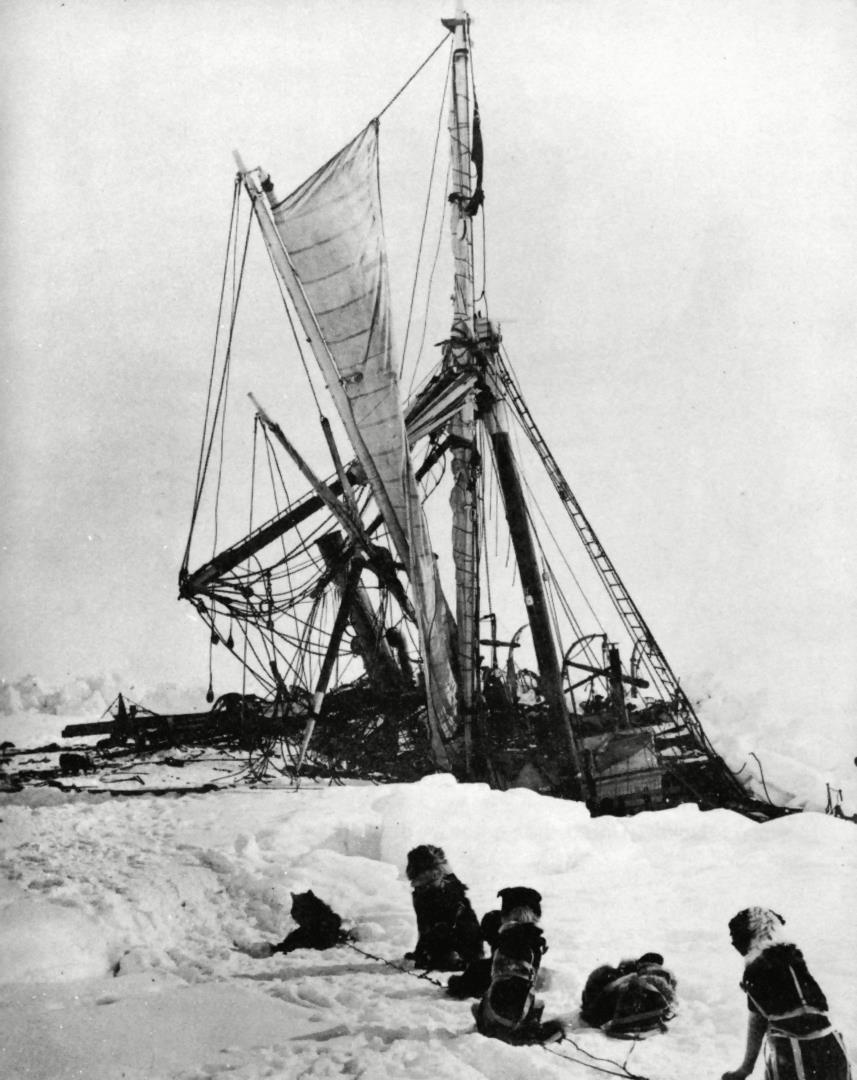He was the Dundee student who was part of the first expedition in the world to reach the top of Mount Erebus.
The story of Alister Forbes Mackay is one of the forgotten tales of Antarctic heroism.
Mackay applied to serve as junior surgeon on Sir Ernest Shackleton’s ‘Farthest South’ expedition on the Dundee-built ship Nimrod.
As part of the expedition, Mackay and his group reached the summit of Mount Erebus which is the southernmost active volcano on Earth.
But how did this young student from Dundee go on to reach such great heights?
Born in Argyllshire in 1878, Mackay grew up with his aunt in Campbeltown.
His father was a Colonel in the 92nd Gordon Highlanders.
Mackay enrolled at Dundee’s University College as an evening student in the early 1890s when he was 18.
He studied Zoology under Sir D’Arcy Thompson, the well-known Scottish biologist who was the college’s Professor of Natural History for 32 years.
Mackay was taken on as Thompson’s laboratory assistant, and also accompanied the professor on one of his collecting expeditions in Ireland.
Matthew Jarron, Curator of the University of Dundee Museum Collections and secretary of the Abertay Historical Society, described how Mackay’s time with Thompson led to his incredible voyage with Shackleton.
He said: “After serving in the Boer War, Mackay graduated in medicine at Edinburgh University and became a naval surgeon for four years.
“However, he kept in touch with D’Arcy.
“In 1907, while working at a hospital in Glasgow, he wrote to D’Arcy to ask for a letter of recommendation to Ernest Shackleton.
“He wanted to go with Shackleton on his ‘Farthest South’ expedition as a junior surgeon.”
Thompson knew Shackleton personally and wrote Mackay a glowing reference.
It read: “Mackay is a strong and manly fellow, and full of indomitable pluck, as his exploits in the Boer War, of which I have only heard a few, amply demonstrate.
“I am quite sure that you may trust him through thick and thin as a good comrade, a strong man and a clever fellow.”
Shackleton gave Mackay the job, and they set sail on the Dundee-built Nimrod in 1908.
The Nimrod was a 41-year-old sealing vessel that had previously been used to hunt seals and whales in the Arctic.
Shackleton paid £5,000 for the ship, which he gave extra masts and sails.
The ship was so overloaded with supplies for the expedition that it couldn’t carry enough coal to make the full trip.
Shackleton had to arrange for the ship to be towed to the edge of the pack ice by a tramp steamer.
After a six-month long journey, the ship arrived in January 1908.
Mackay would prove an invaluable member of the expedition.
Shackleton took a smaller group with him in an attempt to reach the South Pole.
While Shackleton was unsuccessful, the former Dundee surgeon was part of a separate group who were the first to reach the top of the Mount Erebus volcano.
The group are also believed to be the first group to ever reach the South Magnetic Pole although Mr Jarron stressed this is something which remains up for debate.
He said: “It has been suggested that the Magnetic Pole party may have got their calculations wrong and not actually reached the Magnetic Pole at all!
“However, whether they did or not, it doesn’t make their epic journey any less remarkable.”
Mackay’s group included himself and two other men, Douglas Mawson and Edgeworth David, and they hauled their own sleds on the epic trek.
To get there and back the trio covered a distance of 1,260 miles, a record which stood as the longest unsupported sledge journey right up until the 1980s.
In 1913, Mackay made the fatal decision not to wait for Shackleton on his next expedition south.
He instead headed north on the Canadian Arctic Expedition on the Karluk as its surgeon.
The Karluk was crushed by ice and 11 lives were lost.
This included Mackay.
He died of exposure while struggling to reach safety across the Arctic ice.
He was 35.
The story of Mackay, the Nimrod, and the connections of Ernest Shackleton to Dundee are the topic of a new talk being given by the Abertay Historical Society next week.
Matthew Jarron will be giving the talk alongside Dr Kenneth Baxter.
Dr Baxter is a historian of 19th and 20th century Scotland and vice president of the Abertay Historical Society.
Dr Baxter said: “Today, Shackleton’s best-known connection with Dundee is probably his service as a member of the original crew of the RRS Discovery.
“However this was just one tie to the city, and several others were equally important and interesting.
“In 1906, he stood as the Liberal Unionist Candidate for Dundee at that year’s general election.
“While not elected he played a major role in a campaign that would have a historic result.
“Shackleton’s defeat in the election freed him up to embark on his Farthest South expedition on board the Nimrod.”
Shackleton continued to have links to Dundee after his journey on the Nimrod.
In 1914, local jute magnate and philanthropist Sir James Key Caird decided to fund Shackleton’s expedition on the Endurance.
Shackleton’s Endurance expedition is often considered the last major expedition of the ‘Heroic Age of Antarctic Exploration’.
The expedition was an attempt to make the first land crossing of the Antarctic continent.
The ship was crushed by sea-ice and sank in 1915, forcing Shackleton and his men to make an astonishing escape on foot and in small boats.
Shackleton never achieved his supreme prize of reaching the Pole but the trip became recognised as an epic feat of endurance.
Abertay Historical Society’s free event will also discuss how Caird’s donation for the Endurance expedition fitted in with his other philanthropic efforts.
- From Silvery Tay to Southern Ocean – Ernest Shackleton’s Dundee Connections will be held at the University of Dundee on Wednesday April 13 at 6.30pm.
More like this:
Ernest Shackleton asked Dundee jute baron for £50 – and set sail on Endurance with £24,000 cheque
Meet the Scots cricketer who brewed up his own alcoholic drink on Shackleton’s Endurance expedition
The Scots who were part of the real-life Raiders of the Lost Ark expedition
